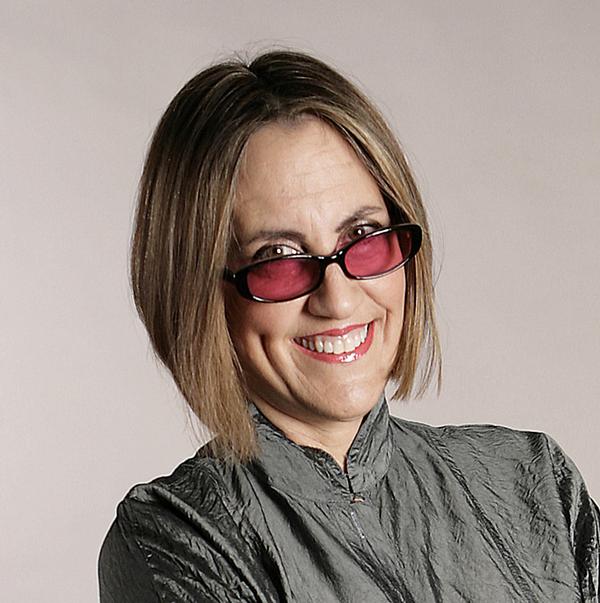
I began to apply the information I attained to what I could do within the landscape.

I got into thinking about relationships of the different cycles within the earth system. I began learning a lot about the science behind climate change. In one day I felt like what I was doing was not relevant anymore.” I needed to take a moment while reflecting on the reality of climate change. That is what I have done for most of my career and I feel very happy. “We work with living systems, and design with them in mind. In one day I felt like what I was doing was not relevant anymore. We work with living systems and design with them in mind. They are different professions in terms of scale, material, and intent. That blew things open in terms of the question, what is landscape and why is it defined? What do we think of it in our minds and do people need to be focused on what it should be?īagel Garden, Boston, MA, USA in 1979 by Martha Schwartz PartnersĪ landscape should be some facsimile of nature whereas architecture should be designed by people. They asked me to write an article and I made the case that the bagel is the perfect landscape material. It was the Duchamp toilet in the museum, seemingly out of place. It ended up on the front cover of the Landscape Architecture Magazine. I started off by doing a tiny little installation made of bagels and aquarium gravel. There is a conceptual desire to make whatever you are designing into something that does the job of art. I would find artists whose work I liked, knock on doors, and try to sell whatever it was that I was doing at the time. I did not want to spend my time trying to prove myself. I had to prove myself as a woman to be able to make presentations. I tried working in a real office in landscape architecture but I decided that it was not going to be very useful. When I started out, we worked with strange things that were not considered to be landscape architecture, rather manipulations of the land itself.

I would find artists whose work I liked, knock on doors, and tried to sell whatever it was that I was doing at the time." "But when I started getting interviewed, I would get questions along the lines of, “why don't you want to be a doctor's helper?” I said, “because I want to be the doctor. I wanted to build art, but my original intention was not landscape architecture. I decided to move on to landscape architecture because I loved art. Is this a trick question?” I was told to go to Warren Whackers class on the taxonomies of plants which was great advice.

But when I started getting interviewed, I would get questions along the lines of, “why don't you want to be a doctor's helper?” I said, “because I want to be the doctor. I ended up with enough knowledge to go off to medical school. I thought I would stick with the artsy design group but I also love the science of biology. I pretty much grew up in the basement of the Philadelphia Art Museum. Almost everyone in my family from my dad to my mother’s brother is an architect. I have been very fortunate because I love what I do. What I do know is that it has been a long, strange road. Martha Schwartz: I am not exactly sure how I did it or even where I am today. Interview by Vaishnavi More, Founder, and CEO at ArchslateĮarning her Bachelor of Fine Arts degree from the University of Michigan and later transferring to the Graduate School of Design at Harvard, Martha Schwartz went on to advance her career in Landscape Architecture by establishing her architecture firm, Martha Schwartz Partners while exploring the relationship between the Arts, Culture and Landscape design.Īrchslate: I am certain every architect knows what Martha Schwartz Partners is.

A conversation with Martha Schwartz about the soul of Landscape Architecture, her career so far, and what lies in the future for Martha Schwartz Partners.


 0 kommentar(er)
0 kommentar(er)
